 If she were a poker hand she would definitely be a straight flush 
Above is a sweaty photo of Swedish actress Ewa Aulin, which immediately brings to mind the saunas they love up there in Nordic countries. In fact, just a few days ago in Sweden a cop was in a sauna, noticed a wanted fugitive having a steam nearby, and apprehended him while they were both naked. True story. We learned about saunas ourselves when we wandered through Finland, though in deference to us our Finnish acquaintances wore towels. But we digress. We were talking about Aulin. She made about fifteen films, the best known of which is probably the 1968 sex comedy Candy, a flop when it was released that has garnered a cult following in recent years. Apparently it's about a woman searching for the meaning of life. We haven't watched it but we may check it out at some point. If so, we'll report back. The great photo at top first appeared in Playmen magazine in 1973, and was part of a set that included the two shots below. And as you can see, when Aulin goes all-in she does it sans towel, in deference to nobody.  
 Precisely when it’s scarcest is when you want it the most. 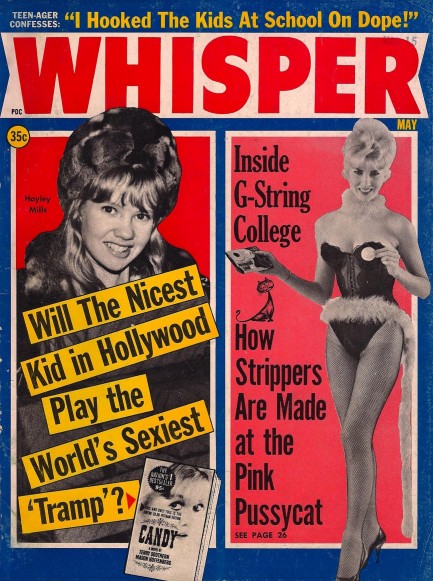
Jayne Mansfield, Mickey Hargitay, Elvis Presley, Eartha Kitt, and more. This issue of Whisper published this month in 1965 tells tales about some of the most popular stars of the day. And then there’s Hayley Mills, former child star who was trying to make a full-grown career for herself where breaking from type often involves shocking the public. In Mills’ case, she planned to star in the film Candy, which was to be an adaptation of the banned satirical novel Terry Southern and Mason Hoffenberg had based on Voltaire’s Candide. Considered one of the sexier novels of the time, it touched on homosexuality, masturbation, interracial relations, and seemed like a disastrous choice for wholesome Hayley Mills. But if she actually wanted to change that image what could do it? Candy could. Whisper warns Mills away from the role: “We’ll bet her fans—and the moviegoing public at large—won’t buy it.” Dire words, indeed. But in the end, Mills never got the role. It went instead to Swedish actress Ewa Aulin. Whisper also discusses the infamous relationship between Sammy Davis, Jr. and Kim Novak, and ponders whether Novak is still carrying a torch for Davis. Journalist Pete Wallace doesn’t interview Novak, but manages to score quotes from many acquaintances—or so he claims. The upshot? Novak’s life has been a shambles ever since the relationship ended, but Wallace, trying to reason from afar with Novak, explains that Sammy dropped her for both their sakes because of the forces—studio, family, the American public, and eventually the Mafia—that were arrayed against them. But Wallace also sympathizes. He writes: “If the one man she ever really loved walked out on her (never mind that it was for the best of reasons) how can she trust herself to anyone less?” Who could ruin you for other men forever? The Candyman could. We have nineteen scans below of all that and more, and many more issues of Whisper to come. 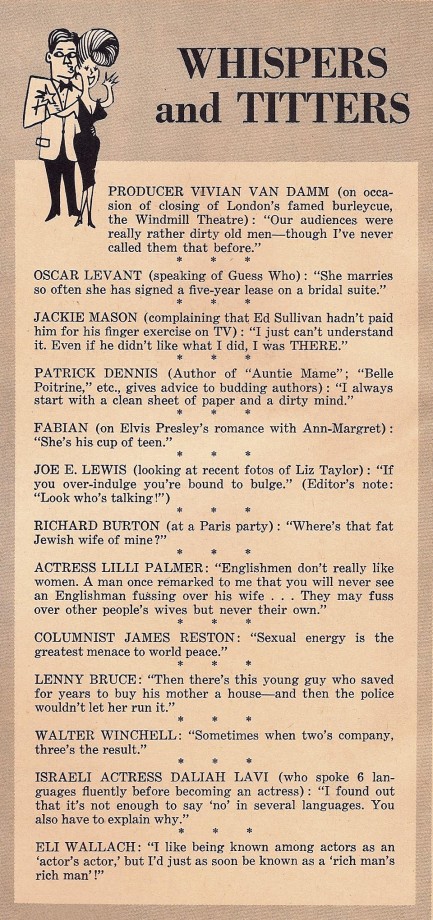 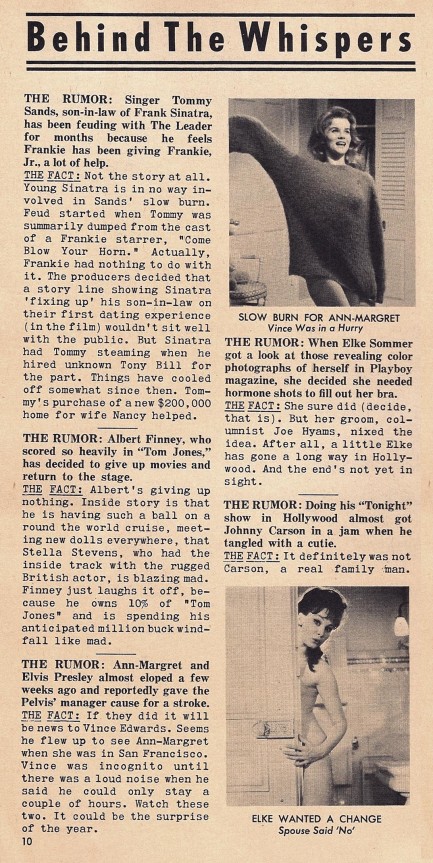 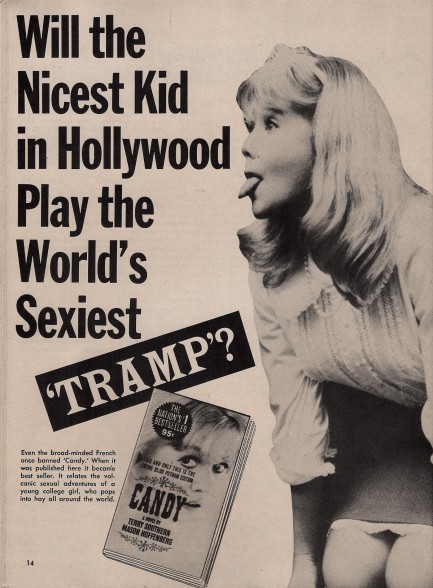 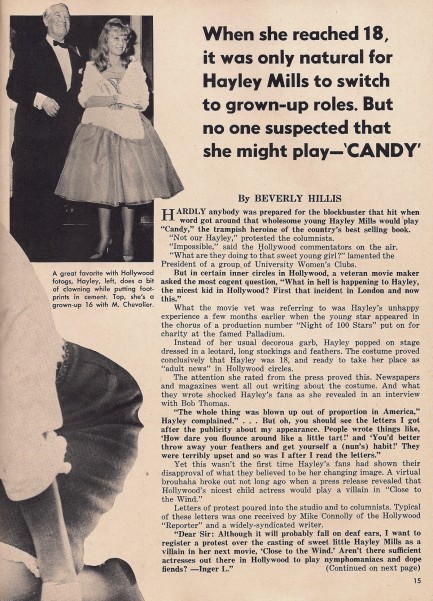 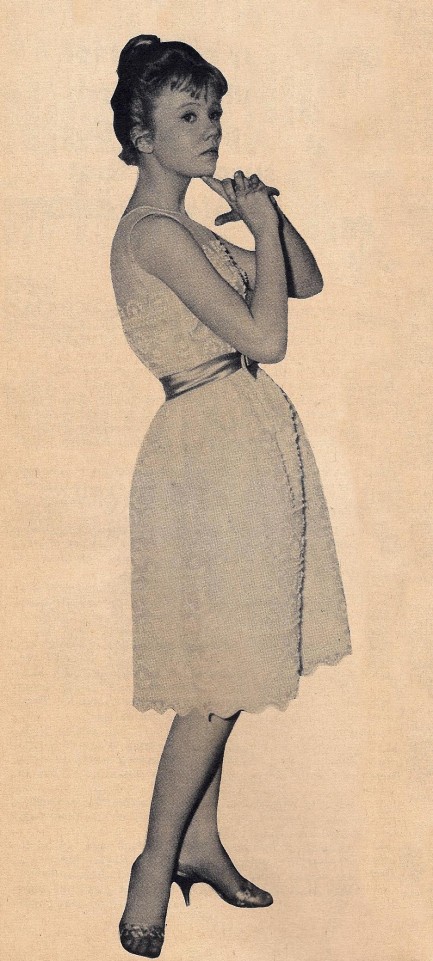 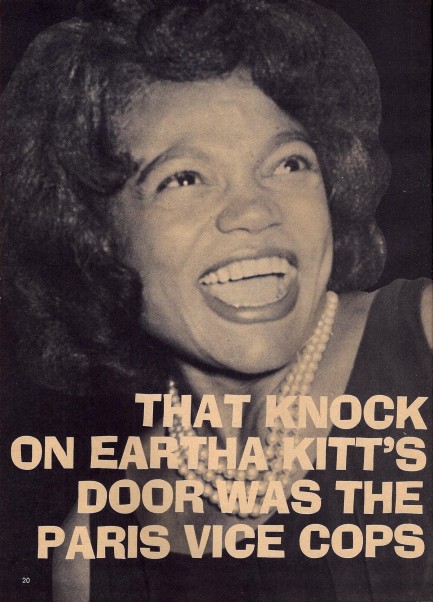 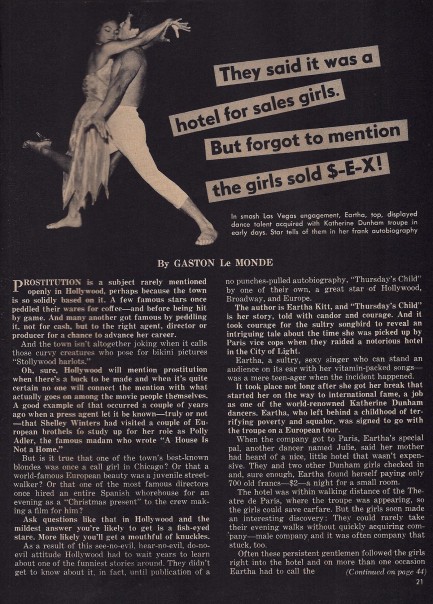  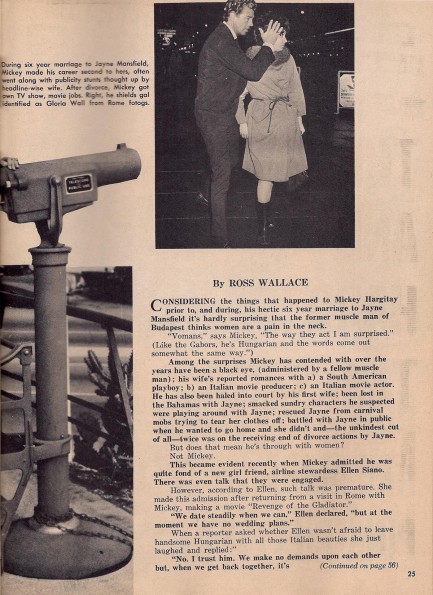 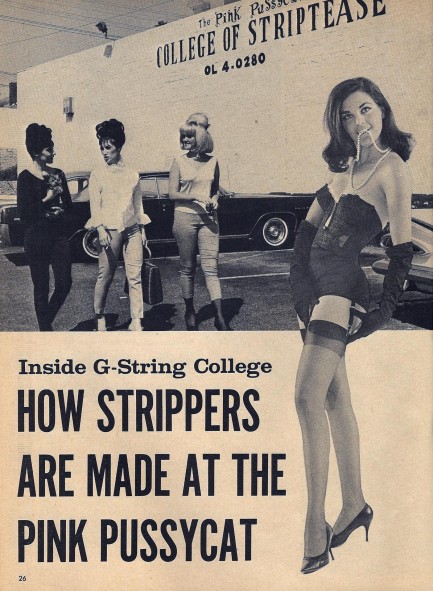 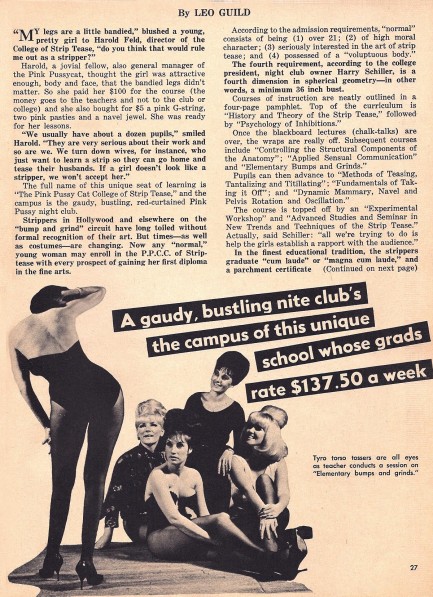 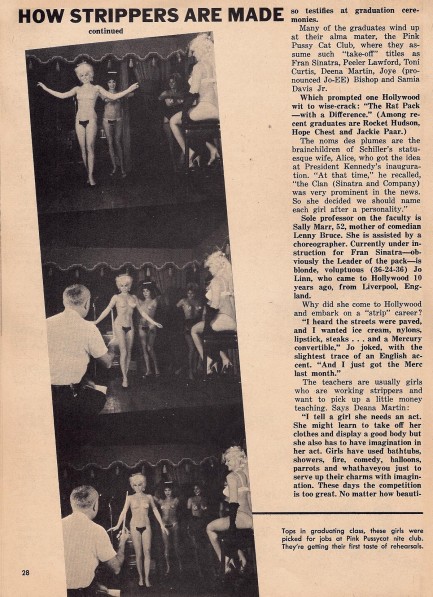 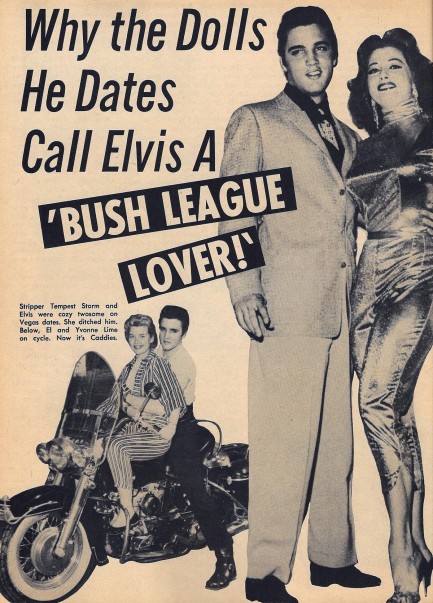 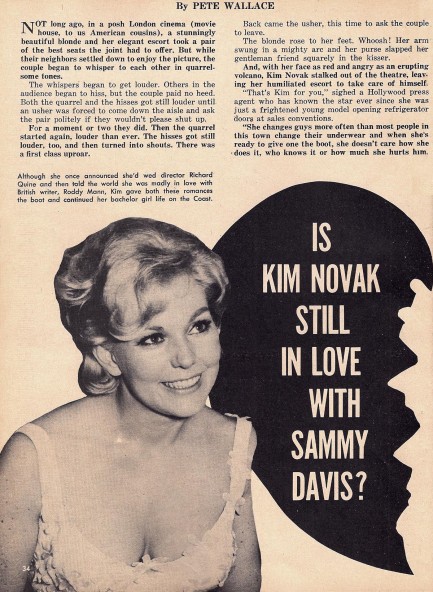 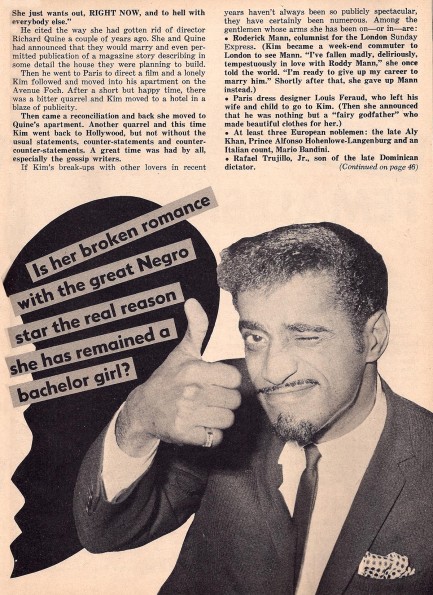 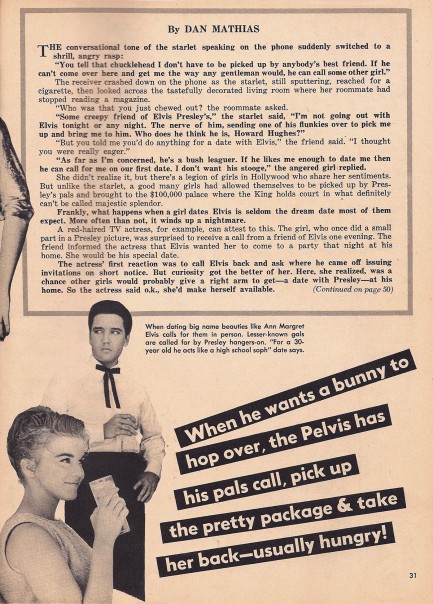 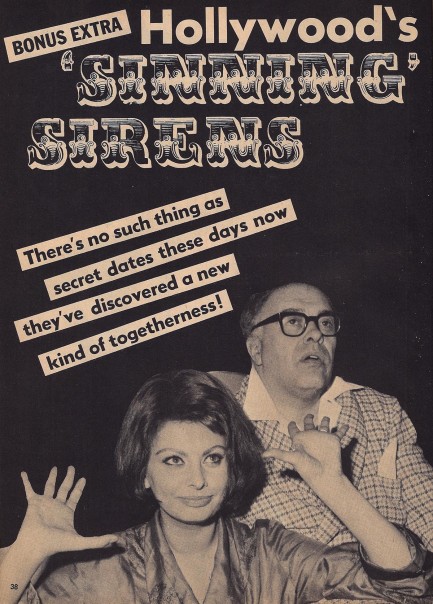  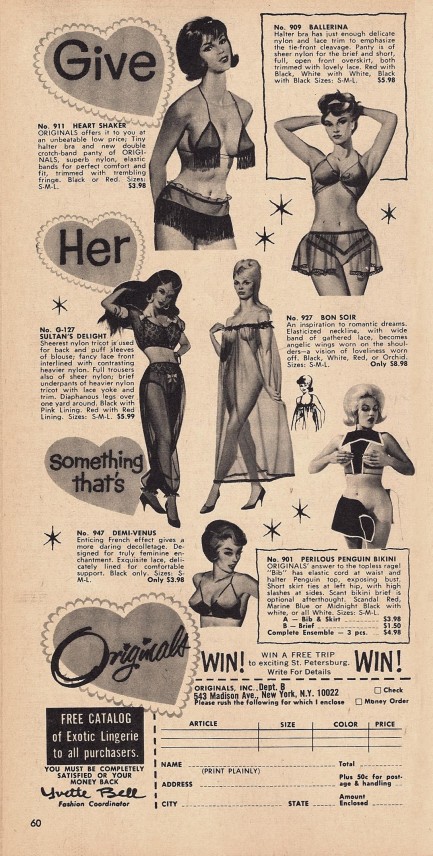
 You can never have too much information.  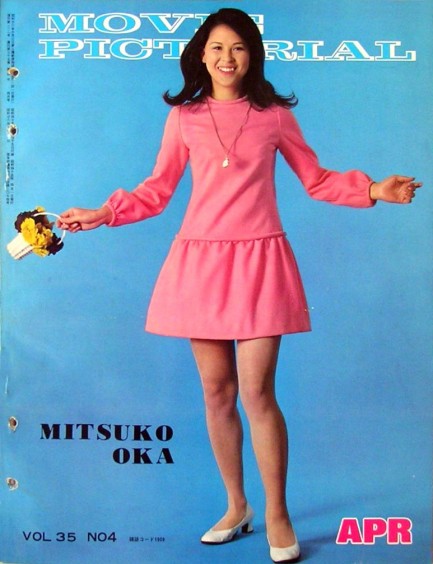
Every time we see a cover of the Japanese celeb/cinema magazine Movie Information/Movie Pictorial we find ourselves thinking how cool they look. It’s a publication that goes all the way back to the early 1950s, and it had a few different periods, graphically speaking, but for some reason we always preferred these clean, colorful late-1960s early-1970s covers. So we thought we’d upload a few fronts and backs we’ve found over the years and see if you agree. As far as the name goes, we usually see the magazine referred to in English as Movie Pictorial, and in fact the back cover does say that, obviously. But the front cover writing definitely says “Movie Information.” So there you go. But we’ve actually turned screwing up these translations into a fine art, so we won’t be heartbroken if we’re wrong. Anyway, see below. And FYI, the girl in the scuba tank is Barbara Bouchet, so she’s on three covers. The scuba image is a promo shot from Voyage To the Bottom of the Sea. You can see two more front covers here and here.
  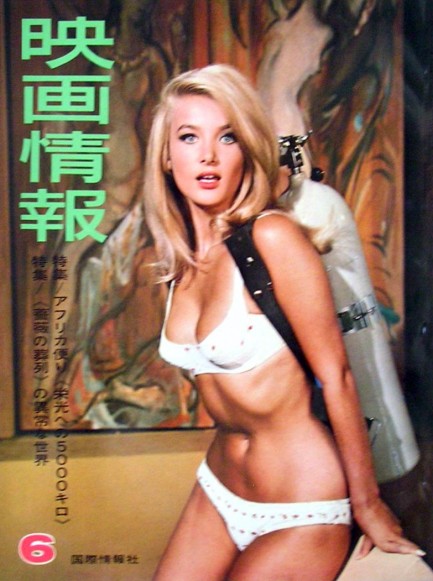 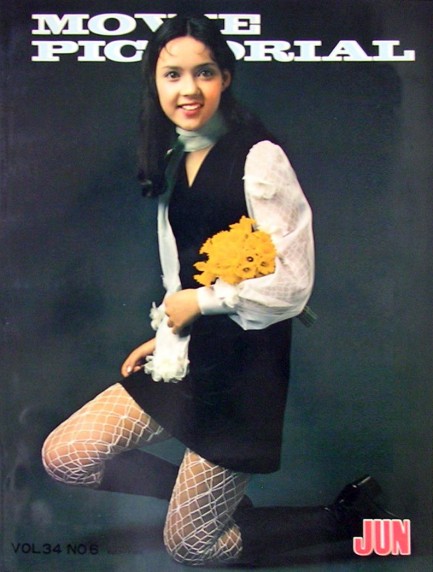    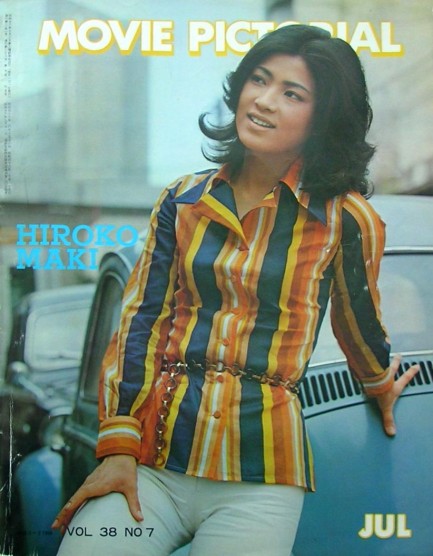      
|
 |

The headlines that mattered yesteryear.
2003—Hope Dies
Film legend Bob Hope dies of pneumonia two months after celebrating his 100th birthday. 1945—Churchill Given the Sack
In spite of admiring Winston Churchill as a great wartime leader, Britons elect
Clement Attlee the nation's new prime minister in a sweeping victory for the Labour Party over the Conservatives. 1952—Evita Peron Dies
Eva Duarte de Peron, aka Evita, wife of the president of the Argentine Republic, dies from cancer at age 33. Evita had brought the working classes into a position of political power never witnessed before, but was hated by the nation's powerful military class. She is lain to rest in Milan, Italy in a secret grave under a nun's name, but is eventually returned to Argentina for reburial beside her husband in 1974. 1943—Mussolini Calls It Quits
Italian dictator Benito Mussolini steps down as head of the armed forces and the government. It soon becomes clear that Il Duce did not relinquish power voluntarily, but was forced to resign after former Fascist colleagues turned against him. He is later installed by Germany as leader of the Italian Social Republic in the north of the country, but is killed by partisans in 1945.
|

|
|

It's easy. We have an uploader that makes it a snap. Use it to submit your art, text, header, and subhead. Your post can be funny, serious, or anything in between, as long as it's vintage pulp. You'll get a byline and experience the fleeting pride of free authorship. We'll edit your post for typos, but the rest is up to you. Click here to give us your best shot.

|
|














































































































